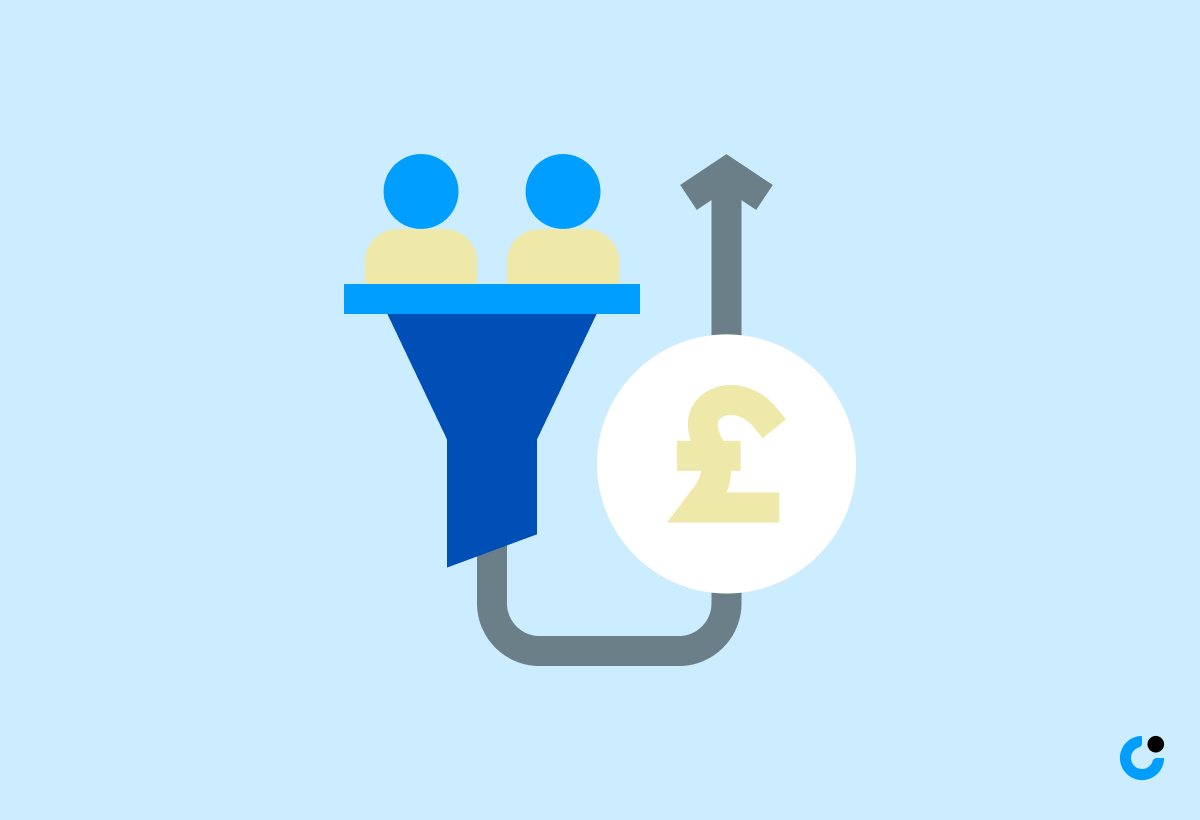Are you looking to level up your sales email game and skyrocket your conversion rates? You’ve come to the right place! This comprehensive guide on how to make a sales email will walk you through proven tactics that will help you master the art of crafting persuasive sales emails, connecting with your prospects, and ultimately closing more deals. Get ready to unlock the secrets of high-converting sales emails and watch your sales pipeline flourish!
Key Takeaways
- Crafting persuasive subject lines to capture attention and increase conversions.
- Tailoring emails to target market needs, avoiding spam folder triggers, personalizing opening lines & referencing mutual connections.
- Analyzing performance with A/B testing and optimizing strategies for higher conversion rates.
Crafting the Perfect Sales Email Subject Line
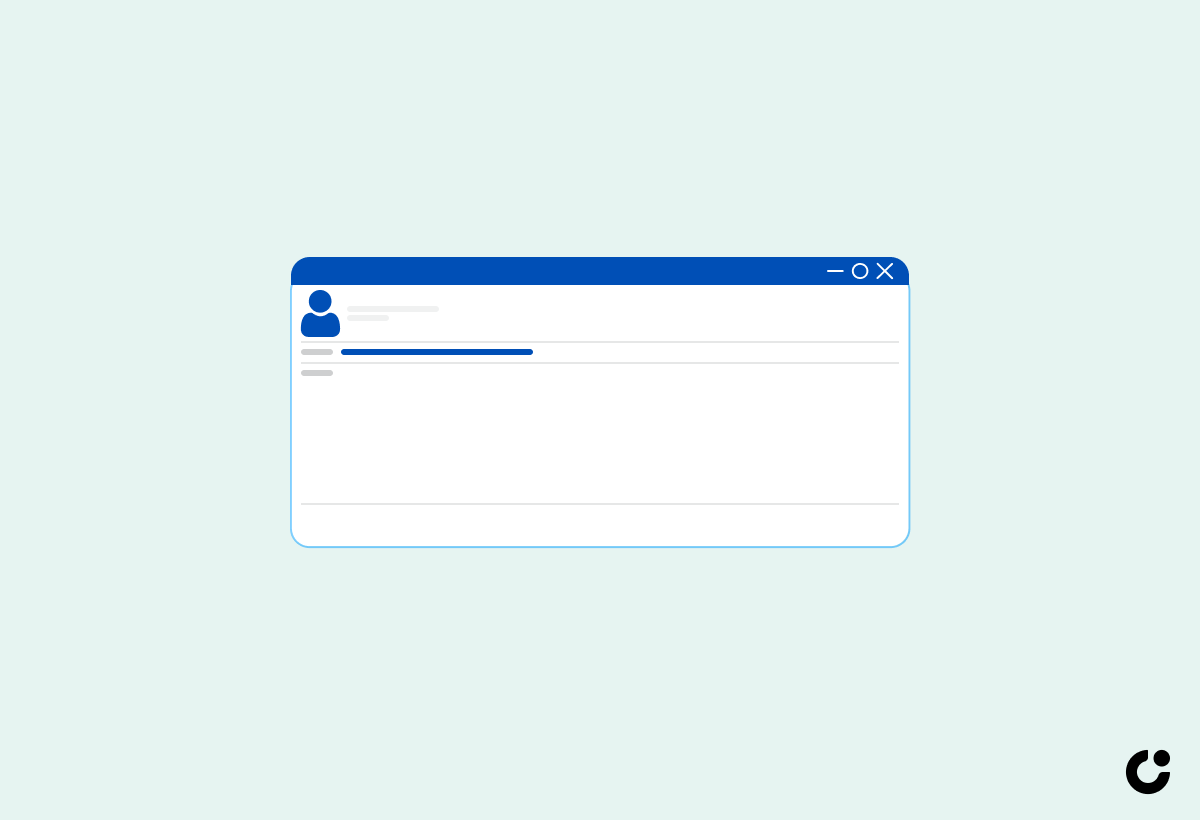
The subject line is the entrance to your sales email, and it significantly influences whether your message will be opened and read or simply discarded. It’s been shown that 47% of email recipients decide whether to open an email based on the subject line alone. Given these high stakes, mastering the skill of creating appealing subject lines tailored to your target market is pivotal for the opening and reading of your sales emails.
When you need to write a sales email, it’s significant to focus on writing effective sales emails by maintaining a concise and attention-grabbing subject line, while infusing personalization, urgency, and cliffhangers. Applying these strategies can enhance the chance of your emails being opened, eventually leading to improved conversion rates and more finalized deals.
The Art of Persuasive Subject Lines

To construct compelling sales email subject lines, center your focus on treating your prospects as individuals and aim to rapidly capture their attention. An effective subject line should compel the prospect to review the email’s content, leading to higher conversion rates. Consider using techniques such as posing questions, presenting data-driven insights, or addressing a specific pain point. A well-designed sales email template can greatly assist in crafting attention-grabbing subject lines.
For example, a cold outreach email subject line could be: “Your company + [Our Solution] = Growth 🚀“. This subject line piques the recipient’s curiosity by presenting a potential benefit (growth) and adds a touch of personalization by mentioning their company. Remember to keep subject lines short and impactful to ensure they stand out in your prospect’s inbox.
Tailoring Subject Lines to Your Target Market
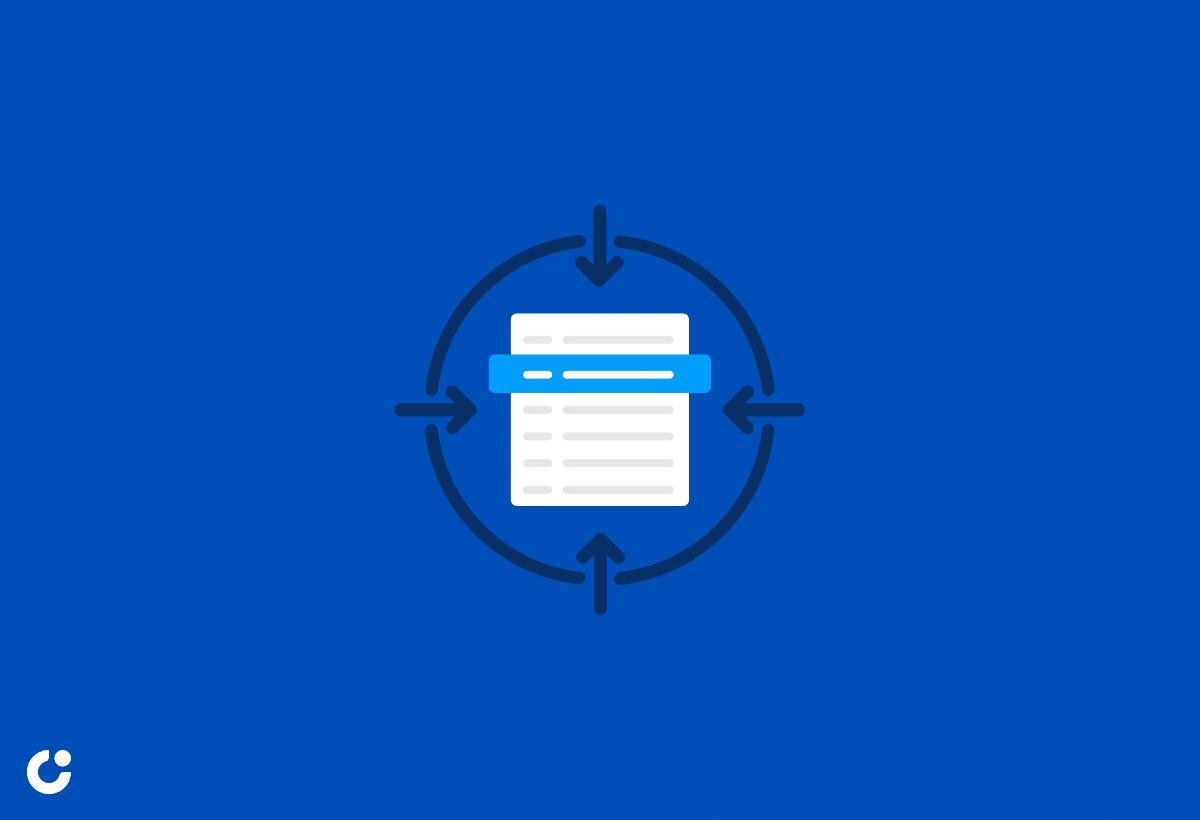
Grasping the needs and preferences of your target market is key when customizing subject lines to resonate with your audience. Researching your target market and their pain points will enable you to create personalized subject lines that better address their challenges.
To personalize your sales emails, consider investigating your prospects’ LinkedIn, website, and other social media accounts to identify their preferences and motivations. Adjusting subject lines to your target market can augment the chance of your emails being opened, read, and interacted with, eventually resulting in more conversions and effective sales emails.
Avoiding the Spam Folder
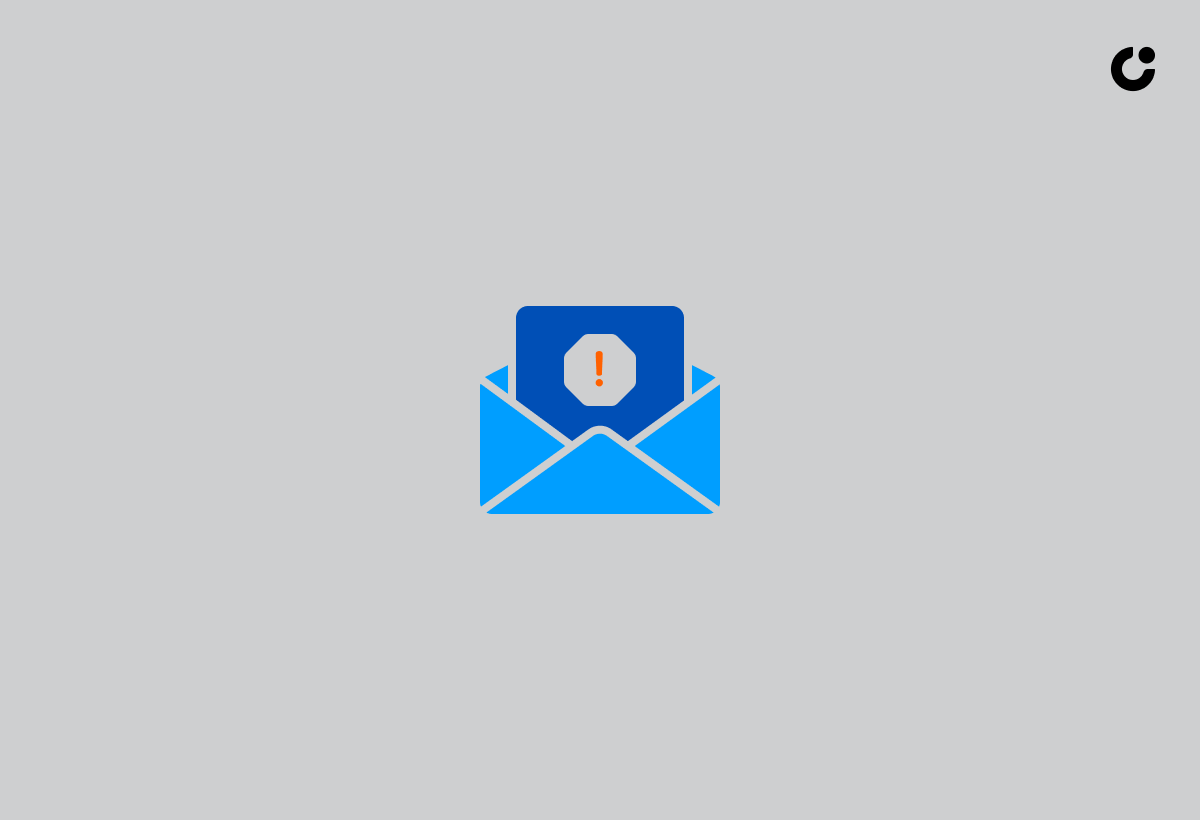
It’s important to verify that your sales emails are reaching your prospect’s inbox and not their spam folder. To achieve this, you need to authenticate your email domain, which involves creating SPF (Sender Policy Framework), DKIM (DomainKeys Identified Mail), and DMARC (Domain-based Message Authentication, Reporting & Conformance) records. Authentication helps establish a reliable sender reputation and optimal email deliverability, ensuring that your meeting request emails arrive in the primary inbox of your prospects.
Along with authentication, it’s also significant to steer clear of common spam triggers such as usage of certain words or phrases, dispatching numerous emails in a short time frame, and having a high unsubscribe rate. If an email receives a high unsubscribe rate, it should be removed from your playbook to maintain the integrity of your email program.
Personal Touch: Opening Lines That Connect
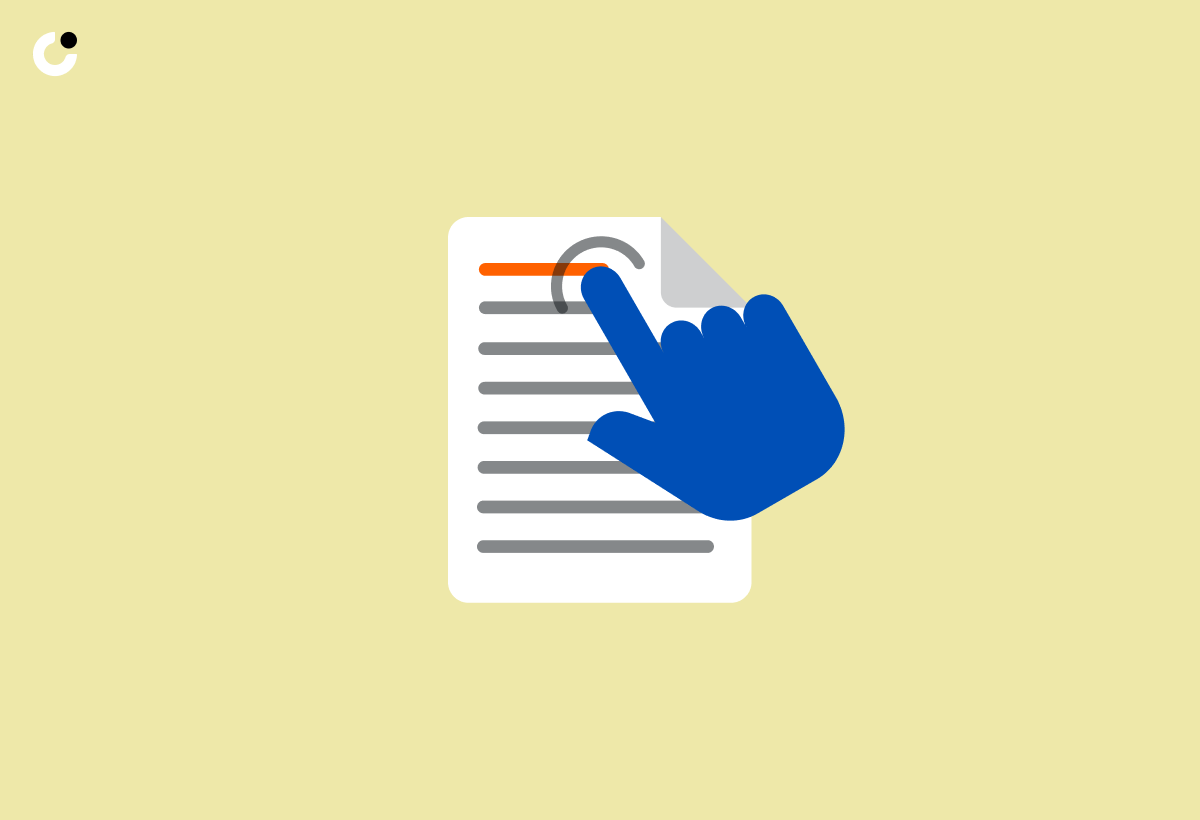
The key elements of a successful sales email opening line are:
- Promptly building trust and rapport with your prospect
- Effectively drawing the recipient’s attention
- Fostering a connection
- Setting the tone for the remainder of the message
The opening line of your initial sales email plays a pivotal role in capturing the recipient’s interest and should be individualized to each prospect.
Personalizing the opening line can be achieved by referencing a mutual connection, citing a relevant statistic, or adapting the line to the recipient’s new role or competitor’s recent actions. For instance, Directive experienced a rise in reply rate from 8 percent to 16 percent when they experimented with a more creative variation of the same message. By creating individualized and appealing opening lines, you can distinguish your sales emails and enhance response rates.
Referencing a Mutual Connection

Establishing a connection with your prospect through a mutual acquaintance can significantly boost your chances of success. In the “Friend of a Friend” sales email template, the initial sentence should reference the mutual acquaintance, and the subsequent sentence should present your company and how it can assist the recipient in attaining a particular objective.
By providing evidence of your relationship with the mutual connection and demonstrating the value you bring, you can establish credibility and trust with your prospect. For example: “Hi [prospect name], [mutual connection] mentioned that your team has been working on some exciting projects. Here at [your company], we’ve been helping businesses like yours optimize their processes. I’d love to discuss how we can contribute to your success.”
Addressing Specific Pain Points

When crafting your sales email, it’s essential to address the specific pain points of your prospect. This demonstrates your understanding of their needs and challenges, and it can significantly increase the likelihood of a positive response.
To identify your prospect’s pain points, conduct research on their industry and company to gain insight into their unique challenges and preferences. Then, tailor your sales email to address these pain points and offer a solution. For example: “Hi [prospect name], I noticed you’ve been investing heavily in digital marketing. We’ve helped companies like yours increase their ROI by up to 35% with our innovative analytics platform. Would you be interested in learning more about how we can help you achieve similar results?”
Conveying Your Value Proposition Clearly

Your value proposition is the core of your sales pitch. It tells your prospect why they should be interested in your offering and how it can help them solve a specific problem or achieve a goal. To articulate your value proposition clearly, it’s important to emphasize the advantages of your product or service and utilize customer-centric language.
Showcasing relevant examples and customizing your offer based on the prospect’s needs are essential components of a clear value proposition. By offering concrete evidence of how your product or service has benefited others and modifying your offer to cater to your prospect’s distinctive needs, you can proficiently convey your value proposition and enhance the chance of finalizing more deals.
Showcasing Relevant Examples

Real-life examples and case studies are powerful tools for demonstrating the benefits of your product or service. They provide a tangible demonstration of how your offering has assisted other customers or solved their issues, building trust and credibility with your prospect.
To showcase relevant sales email examples in your sales email, consider including customer testimonials, case studies, or other data that highlights the results you’ve achieved for clients in similar situations. This not only demonstrates the value you bring to the table but also helps your prospect envision how your product or service could benefit them in their specific situation.
Customizing the Offer
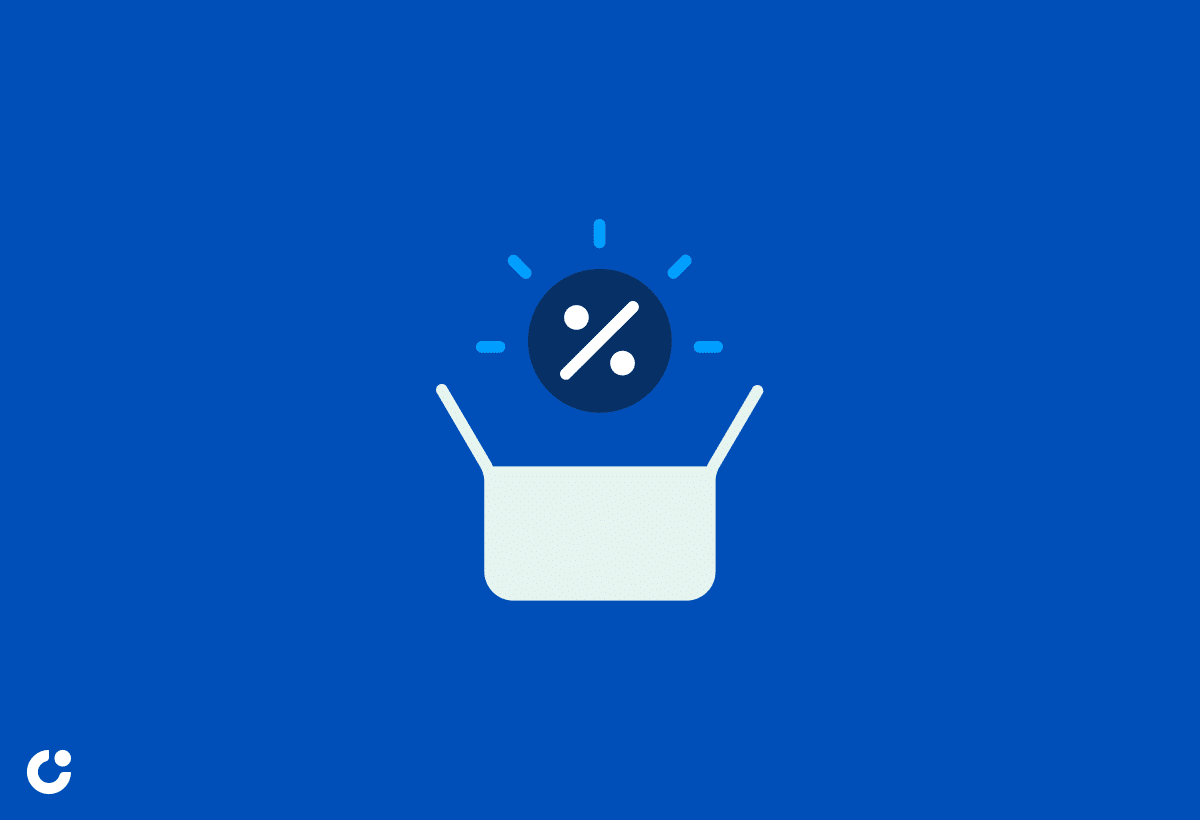
Customizing your offer to cater to the unique needs and preferences of your target audience is essential for creating a compelling sales email. By addressing the prospect’s specific pain points and offering a tailored solution, you can demonstrate your understanding of their needs and challenges, and ultimately increase the likelihood of closing more deals.
To customize your offer, consider conducting research on your prospect’s industry and company, as well as their individual preferences and pain points. Then, adapt your offering to address these specific needs and demonstrate how your product or service can provide a solution.
Direct Call to Action: What You Want Them to Do Next

A direct call to action (CTA) guides your prospect through the next steps in the sales process, making it clear what you want them to do after reading your email. A well-crafted CTA not only increases the likelihood of a response but also helps maintain momentum in the sales process.
To create a direct call to action without applying undue pressure, consider using urgency and scarcity tactics, such as limited-time offers or exclusive deals. Additionally, offering multiple contact options can make it easy for prospects to get in touch with you, increasing the chances of a positive response.
Creating Urgency Without Pressure

Encouraging action without being overly aggressive is key to creating a sense of urgency in your sales emails. Tactics such as time-sensitive language, setting deadlines, and offering bonus incentives can motivate your prospect to take action while maintaining a respectful and professional tone.
For example, a CTA that balances urgency and respect might read: “Schedule a call with us by the end of the week to secure your spot in our limited-time offer, which includes a 20% discount on our premium package.” This CTA communicates the urgency of the offer while allowing the prospect to make a decision without feeling pressured.
Offering Multiple Contact Options
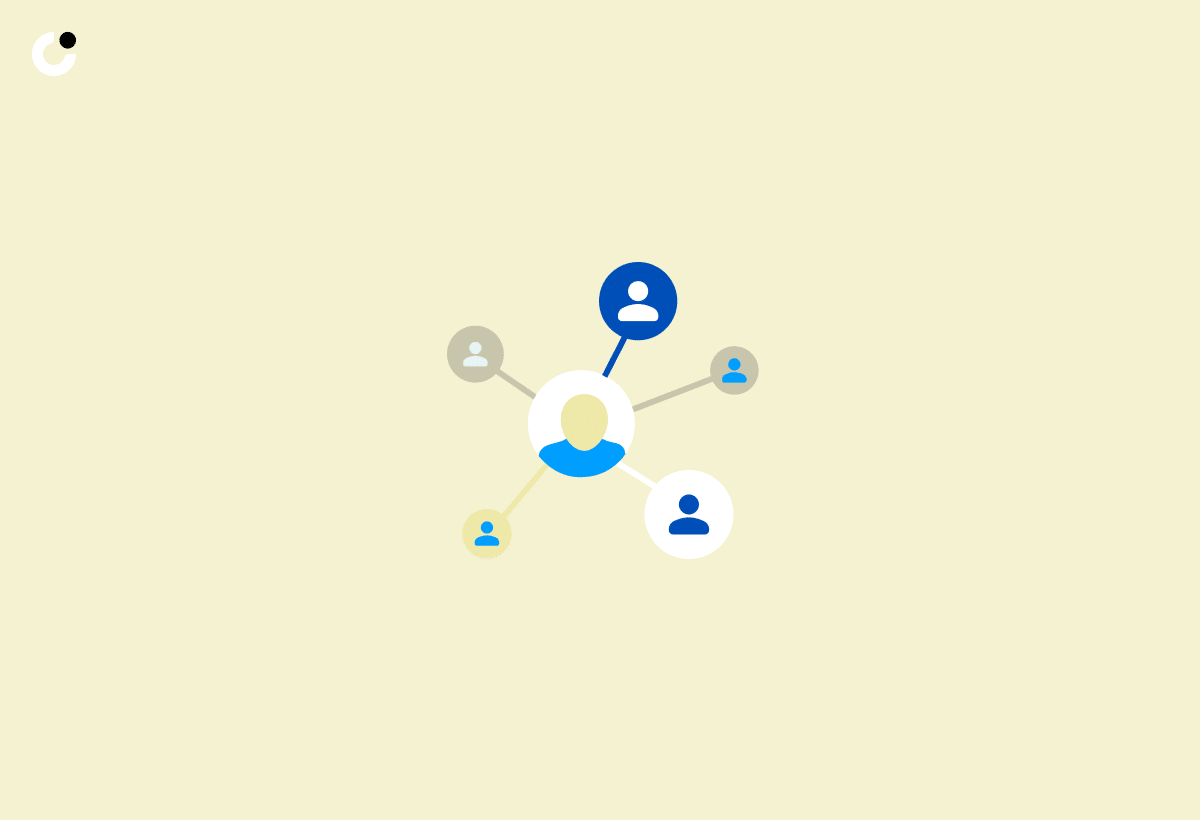
Providing multiple contact options in your sales email makes it convenient for your prospect to reach out to you in a way that suits their preferences. This increases the likelihood of engagement and response, while also conveying that you are accessible and responsive, which builds trust and credibility with potential customers.
Consider including the following in your sales email:
- Phone number
- Email address
- Social media profiles
- Link to your calendar
This allows your prospect to choose their preferred method of communication, making it more likely that they will engage with your message and take the next step in the sales process.
The Power of Follow-Up: Timing and Techniques

Follow-up emails are critical for sustaining the dialogue and maintaining prospects interested in your offering. Mastering the art of the follow up email with effective timing and techniques is essential to ensure your message remains top of mind without annoying your prospects.
The key to successful follow-up emails lies in the balance between persistence and respect. By structuring effective follow-up emails that provide new information, address objections, and maintain momentum in the sales process, you can keep prospects engaged without being pushy.
Structuring Effective Follow-Up Emails
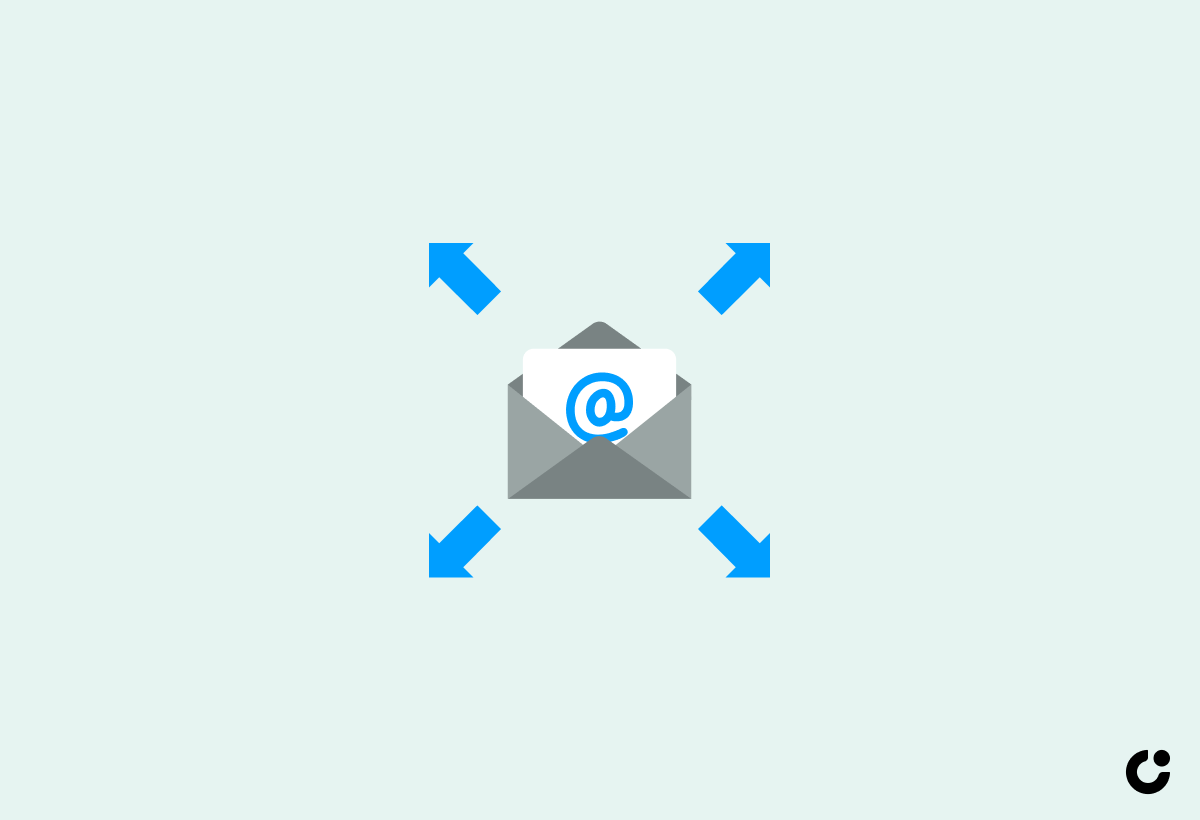
Designing follow-up emails that provide new information, address objections, and maintain momentum in the sales process is crucial for keeping prospects engaged. To structure effective follow-up emails, consider the following tips:
- Keep them short and concise
- Respond in a timely manner
- Use effective email templates
- Personalize the content based on the recipient’s needs and interests
By following these guidelines, you can create follow-up emails that are engaging and effective in moving prospects further along the sales funnel.
Additionally, include a clear call-to-action in your follow-up emails to guide prospects through the next steps in the sales process. By addressing any concerns or objections in a respectful and professional manner, you can increase the likelihood of a positive response and move prospects further along the sales pipeline.
Persistence Without Being Pushy

Being persistent in your follow-up efforts without coming across as pushy or annoying is essential for sales reps in maintaining a positive relationship with their prospects. Striking the right balance between persistence and respect can significantly increase the likelihood of a positive response and lead to more successful sales.
To achieve this balance, consider spacing out your follow-up emails at an interval of approximately 3 to 4 days. Additionally, use a polite and respectful tone in your emails, and be sure to provide value and address any objections or concerns your prospect may have.
Maximizing Email Deliverability and Engagement
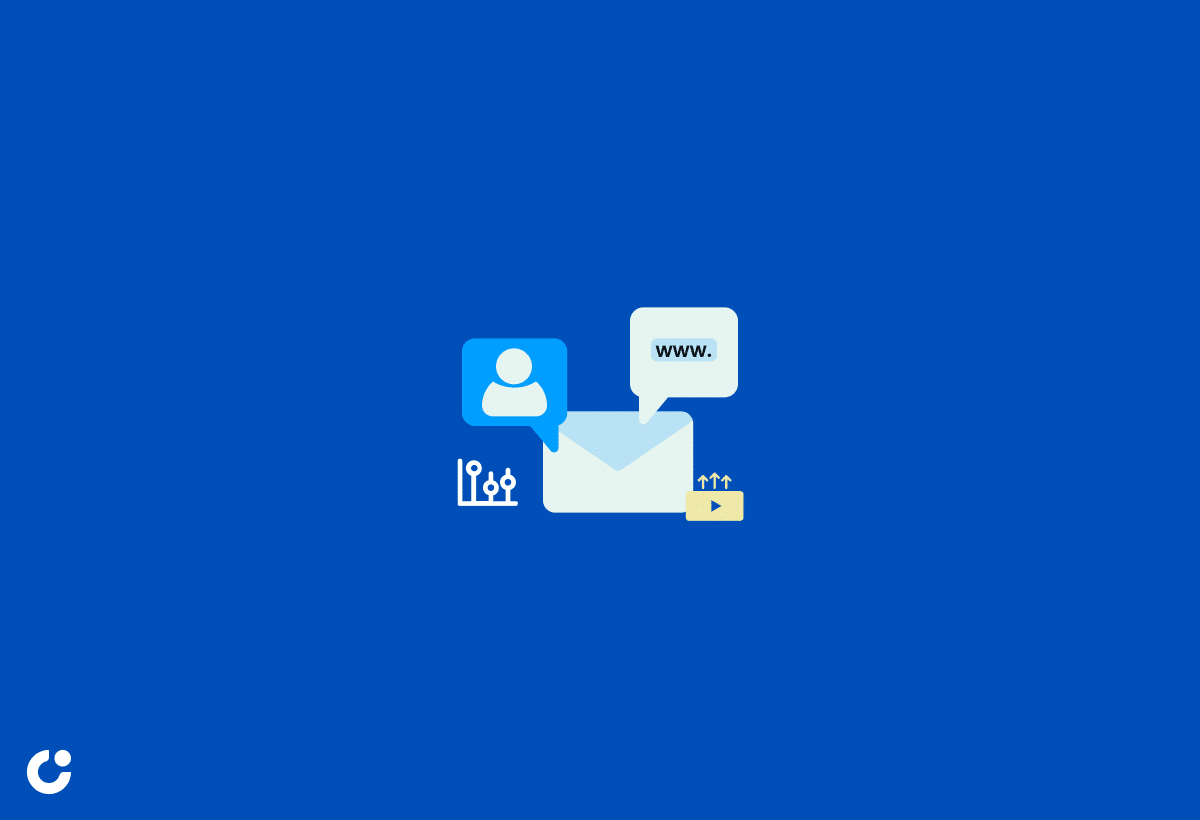
Email deliverability plays a vital role in ensuring your sales emails reach their intended recipient. To maximize deliverability and engagement, focus on crafting engaging body copy and using visuals wisely. By doing so, you can increase the likelihood of your emails being opened, read, and engaged with, ultimately leading to higher conversion rates and more deals closed.
Whether you’re writing the body copy of your sales email or choosing the right visuals, it’s crucial to keep your content concise, relevant, and tailored to your target audience. This not only increases the chances of your email being opened and read but also makes it more likely that your prospects will take action and move forward in the sales process.
Crafting Engaging Body Copy
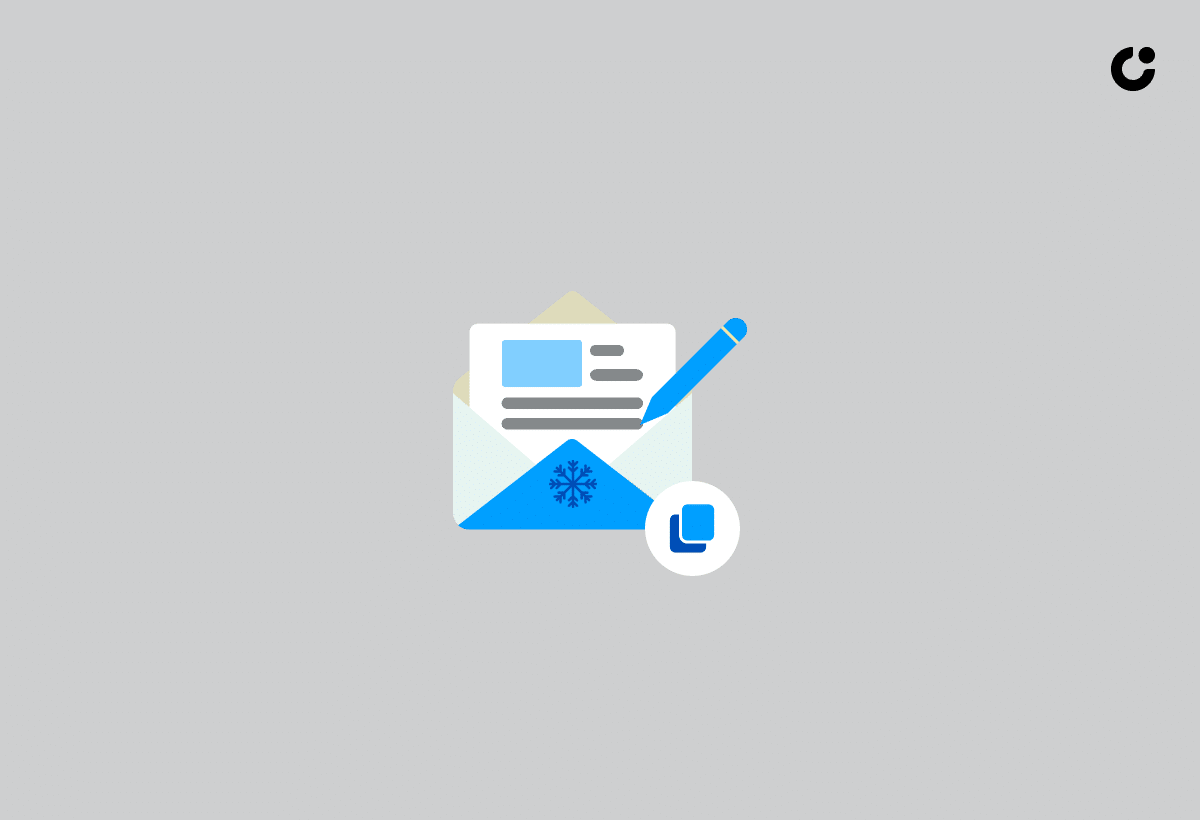
Writing compelling and concise email copy that speaks directly to your prospect’s needs and interests is essential for maximizing engagement and conversion rates. To craft engaging body copy for your sales emails, prioritize clarity over catchiness and focus on addressing the primary objective of the email campaign.
Tailor your email copy to avoid sounding spammy or impersonal, and ensure that it effectively communicates the value your product or service can provide to your prospect. By keeping the focus on your prospect and their needs, you can create a more compelling and persuasive message that resonates with your target audience.
Using Visuals Wisely

Visuals such as images, GIFs, and videos can significantly enhance your sales email by adding an extra layer of engagement and making your message more memorable. However, it’s crucial to use visuals wisely and ensure they support, rather than detract from, the main message of your email.
When integrating visuals into your sales emails, think about using them to summarize content, disseminate information efficiently, and segment large blocks of text. This can make your email more visually appealing and easier to digest, increasing the chances of your prospects taking action and moving forward in the sales process.
Building Credibility with Your Email Signature

A professional email signature is an essential component of building credibility and trust with your prospects. By incorporating vital contact information and social proof elements in your email signature, you can ensure that your prospects possess all the necessary information to contact you and trust in your expertise.
An effective email signature should include:
- Your name
- Your title
- Your company
- Your contact information
It should also demonstrate credibility and foster rapport with your prospects. By ensuring your email signature is clear, concise, and professional, you can leave a lasting impression on your prospects and increase the likelihood of a positive response.
Including Essential Contact Info
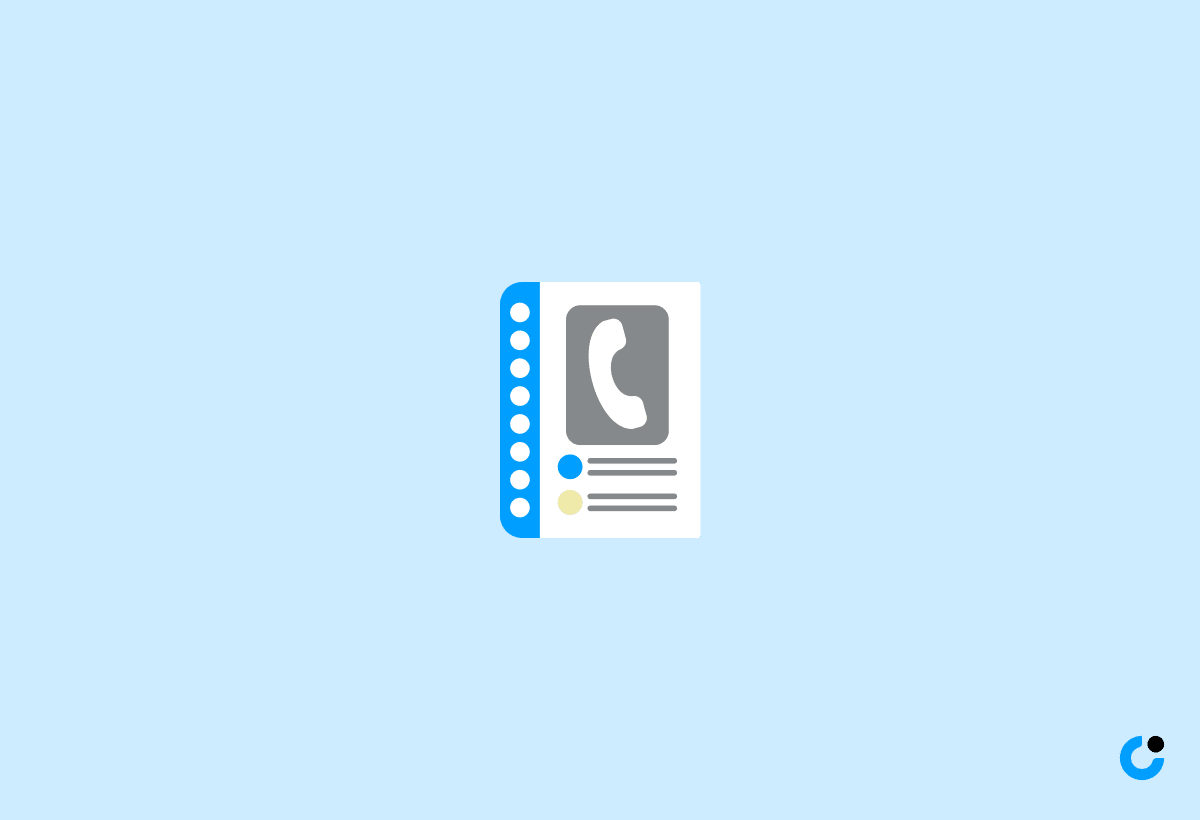
Incorporating essential contact information in your email signature is crucial for establishing credibility and professionalism. Your email signature should include:
- Your full name
- Job title
- Company name
- Contact information such as phone number and email address
By supplying your full contact information, you simplify the process for your prospects to reach out to you, which can enhance the possibility of a positive response and result in more successful sales emails. Moreover, including your title and company in your email signature can help reinforce your brand and promote your organization.
Adding Social Proof Elements

Social proof elements such as testimonials, awards, or certifications can further enhance your credibility and trustworthiness in the eyes of your prospects. Including these elements in your email signature can demonstrate your expertise and accomplishments, thus increasing the likelihood of your prospects considering your offer and taking action.
To add social proof elements to your email signature, consider including short quotes or reviews from satisfied customers, industry awards, or valuable accreditations that demonstrate your expertise and accomplishments. By showcasing your credibility and success through social proof elements, you can leave a lasting impression on your prospects and increase the chances of a positive response.
Analyzing and Optimizing Sales Email Performance
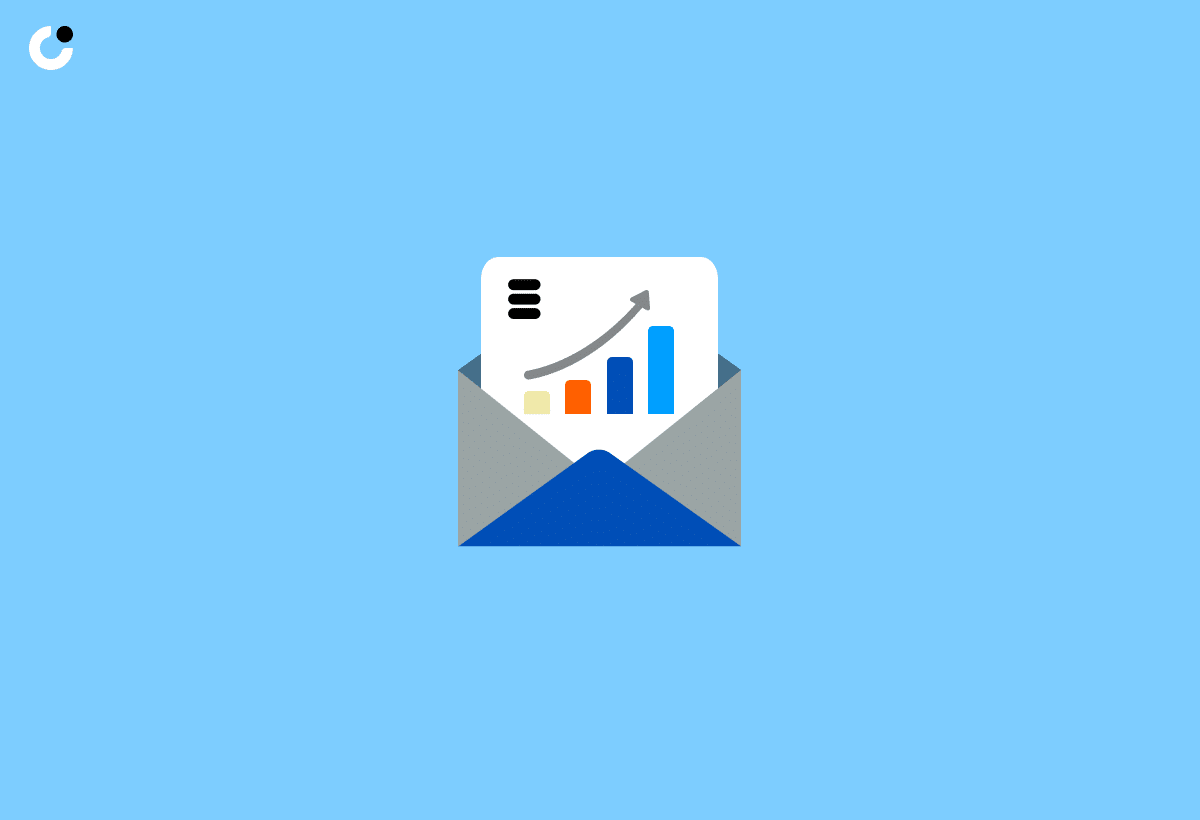
To optimize the effectiveness of your sales emails, it’s significant to assess and refine their performance through A/B testing of varying subject lines, body copy, and calls to action. Monitoring email opens, clicks, and responses, as well as evaluating lead quality, can help you identify areas for improvement and refine your sales email strategy.
By examining and refining your sales emails, you can learn from both positive responses and objections to enhance your strategy and boost conversion rates. Utilizing sales email templates in this iterative approach to sales email performance ensures that your messaging remains relevant, engaging, and effective in driving results for your business.
A/B Testing Different Subject Lines

A/B testing varying subject lines can assist you in determining which ones produce the highest open rates and engagement. By comparing two versions of a subject line sent to a randomly segmented portion of your email list, you can assess the outcomes and optimize your email campaigns for better performance.
When testing subject lines, consider experimenting with different approaches such as:
- Attention-grabbing phrases
- Straightforward language
- Personalization
- Urgency
- Exclusivity
By analyzing the results of your A/B tests, you can identify the subject lines that resonate most with your target audience and refine your sales email strategy accordingly.
Learning from Positive Responses and Objections

Both positive responses and objections can furnish insightful knowledge into the effectiveness of your sales email strategy. By learning from these interactions, you can refine your messaging, address objections more effectively, and build trust with your prospects.
To transform objections into learning opportunities, consider asking open-ended questions, reframing the objection, understanding the rationale behind it, attending to the prospect, and viewing objections as opportunities for meaningful conversations. By addressing objections effectively and providing value, you can enhance your email conversion rates and close more deals.
Summary
In conclusion, mastering the art of crafting sales emails is crucial for driving higher conversion rates and closing more deals. By focusing on persuasive subject lines, personalized opening lines, clear value propositions, direct calls to action, effective follow-up techniques, engaging body copy, and professional email signatures, you can create compelling sales emails that resonate with your target audience and drive results for your business. So, go forth and conquer your sales goals with these proven tactics!
Frequently Asked Questions
How do you make a sales email stand out?
Personalize your opening line, address your recipient by their name, focus on the benefits to them, be interesting and concise, make sure to include visuals, use a clear call-to-action (CTA) in the closing copy, and add a professional signature.
How do I turn my email into sales?
Craft persuasive email copy, include an irresistible call-to-action, and experiment and iterate to turn your emails into sales. Segment your list, write a compelling subject line, and provide proof of how others have benefited from the offer for maximum impact.
How can I improve the open rates of my sales emails?
Craft persuasive subject lines, tailored to your target audience, and avoid spam triggers to improve open rates.
What is the best way to include a call to action in my sales email without being pushy?
Include a sense of urgency with deadlines or offers that won't last, and provide multiple contact options to show your reader you value their time. Be professional and clear in your call to action for best results.
How can I analyze and optimize the performance of my sales emails?
Analyze and optimize the performance of your sales emails by conducting A/B testing on subject lines, body copy, and calls to action, then monitoring open, click, and response rates to identify areas for improvement.

